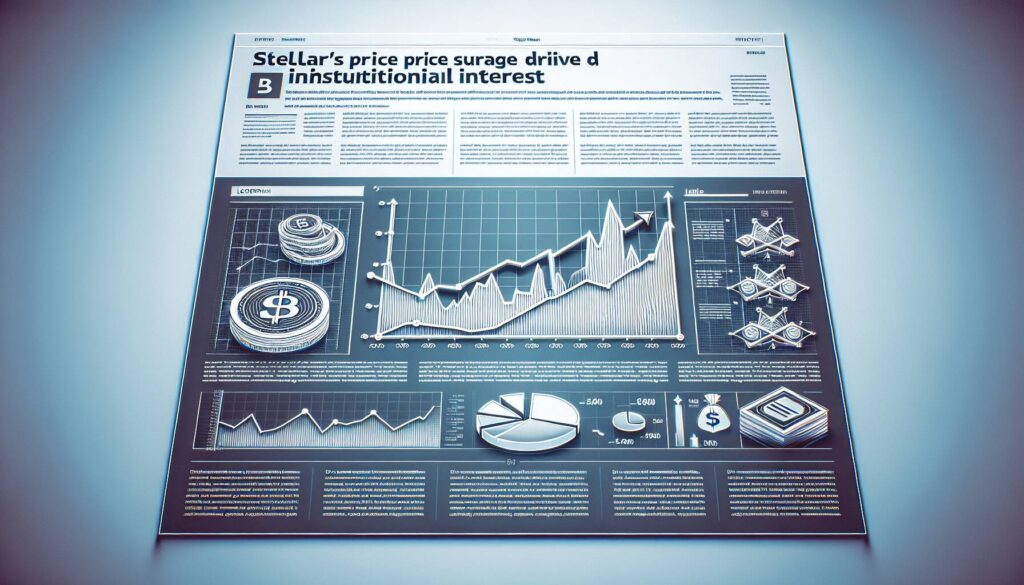In a dramatic twist in the cryptocurrency world, Dogecoin (DOGE) experienced a staggering flash crash late on Friday, plummeting 50% from $0.22 to $0.11 within minutes before stabilizing in the $0.19–$0.20 range. This sharp decline occurred during a turbulent market session triggered by the Trump administration’s announcement of a 100% tariff on Chinese imports, which sent shockwaves across both equity and digital asset markets.
“The total intraday range for DOGE reached approximately $0.14, showcasing a remarkable 57% volatility as 4.6 billion tokens changed hands—far exceeding the daily average of 1.5 billion,”
highlighting the rampant trading activity during this volatile period. As liquidity providers stepped in, the cryptocurrency quickly rebounded, fueled by signs of re-accumulation from larger investors, often referred to as “whales.” Significant outflows from exchanges surpassed $23 million, indicating a robust institutional interest despite the chaos.
Adding another layer to the narrative, 21Shares recently launched the first regulated DOGE ETF (TDOG), marking a pivotal moment towards mainstream acceptance of this once-meme-based cryptocurrency. This new product has the potential to attract serious attention from institutional investors looking for structured exposure to DOGE.
“Late session trading revealed a mix of whale activity and automated trading failures related to leveraged positions, which contributed to the abrupt price drop rather than any fundamental weaknesses in DOGE itself,”
suggesting a more complex interplay of market dynamics. As traders continue to monitor key price levels, such as the critical support established around $0.19–$0.20, questions loom about the future path of DOGE amidst evolving macroeconomic conditions.

Dogecoin Flash Crash Insights
Key points regarding the recent Dogecoin flash crash and its implications:
- Significant Price Drop:
- DOGE fell from $0.22 to $0.11 in a flash crash, marking a 50% drop.
- Recovery occurred swiftly, stabilizing between $0.19–$0.20.
- High Volatility:
- Intraday volatility reached approximately 57% with a total range of $0.14.
- 4.6 billion tokens were traded compared to a daily average of 1.5 billion.
- Market Influences:
- The flash crash was triggered by President Trump’s tariff announcement on Chinese imports, leading to a broader sell-off in cryptocurrencies and equities.
- Automated trading and leveraged liquidations contributed to the rapid price decline.
- Institutional Interest:
- Whale activity was notable, with 2 billion DOGE added to corporate wallets and significant exchange outflows.
- 21Shares launched an institutional DOGE ETF, introducing regulated exposure to DOGE for investors.
- Technical Levels:
- Support formed at $0.19–$0.20 following panic selling.
- Resistance at $0.22 with longer-term targets at $0.25 and $0.30.
- What to Watch:
- Will the $0.19 support hold in future trading sessions?
- Is there enough institutional demand to stabilize the price above $0.20 despite macroeconomic risks?
- What effects will the recent volatility have on retail and institutional investment strategies going forward?
Dogecoin’s Flash Crash: A Deep Dive into Market Dynamics
The recent plunge of Dogecoin (DOGE) by 50% triggered discussions across cryptocurrency platforms, particularly in the context of its volatility and institutional movements. Compared to previous flash crashes in other cryptocurrencies, such as Ethereum and Bitcoin, DOGE’s swift recovery indicates both a unique market sentiment and underlying support mechanisms. While the flash crash appears daunting, it highlights a significant divergence in trading behavior among cryptocurrency traders.
Advantages of the Recent Event:
One significant competitive advantage for Dogecoin amidst this chaos is the swift recovery post-crash, showing robust whale activity that absorbed volatility without exacerbating downward pressure. This indicates a solid interest from institutional players, especially since 21Shares launched the first regulated ETF for DOGE, providing new avenues for exposure to this asset. Such institutional interest may foster credibility, potentially attracting more conservative investors worried about previous erratic price movements in cryptocurrencies.
Disadvantages and Potential Problems:
However, the sharp drop also poses disadvantages, primarily stemming from the broader market sensitivity to macroeconomic factors such as tariff announcements—warnings of a larger crypto market instability. Investors may feel anxious about the robustness of DOGE compared to more established cryptocurrencies that have shown resilience against macroeconomic shocks. Additionally, if panic selling becomes a recurring theme due to leveraged liquidations, it could create a detrimental cycle of distrust, particularly affecting retail investors who might be deterred by high volatility.
Who Could Benefit or Be Affected:
The primary beneficiaries of this crash are long-term holders and institutional actors, viewing this volatility as a favorable buying opportunity. Given their capacity to absorb risk, large traders can leverage these dips to capitalize on future price rises. Conversely, smaller retail traders might face challenges, especially those with less experience in navigating crypto market swings. The abrupt volatility might prompt them to sell at a loss, causing frustration and potential loss of investment confidence in DOGE and cryptocurrencies at large.
The unfolding scenario emphasizes the need for a broader understanding of market dynamics, particularly for those looking to navigate the volatile waters of meme-based cryptocurrencies like Dogecoin.

















